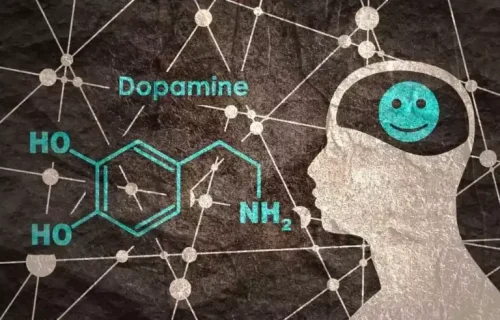
Slips can be fueled by withdrawal symptoms, mental health challenges, and drug-related cues, such as spending time with old drinking partners or visiting old drinking locations. Triggers become engrained in addiction, so it’s valuable to recognize these cues, avoid them, and replace them with new behaviors, such as calling a sponsor or loved one when craving alcohol, which can help avoid a relapse. Childhood trauma can fuel problematic drinking in adulthood, because the person might use alcohol to cope with feelings of anger, depression, anxiety, loneliness, or grief.

Genetic variation
In 2018, about 2.3 million people sought professional treatment for their alcohol dependence problem. About 1.2 million of those people sought treatment for both alcohol and illicit drug abuse, or 51% of those needing alcohol treatment. Pancreatitis can be a short-term (acute) condition that clears up in a few days. But prolonged alcohol abuse can lead to chronic (long-term) pancreatitis, which can be severe. “The good news is that earlier stages of steatotic liver disease are usually completely reversible in about four to six weeks if you abstain from drinking alcohol,” Dr. Sengupta assures.
Alcohol withdrawal

Alcoholics Anonymous is one example; it offers a structured 12-step path toward recovery with a community of support from those who have dealt with similar challenges. The idea that altered forms of consciousness alcoholism such as mania or alcohol can enhance creativity is a popular belief. Researchers found that participants who had a few drinks were better and faster at creative problem solving than their sober counterparts.

National Institute on Alcohol Abuse and Alcoholism (NIAAA)
Variations in the definition of alcoholism, however, make it difficult to compare rates in different countries. In England and Wales, estimates of the prevalence of alcoholism have suggested rates that range from 1.1 to 11 percent, and in Switzerland the suggested rates range from 2.2 to 13 percent. The prevalence of alcoholism in France has been estimated at as high as 15 percent of the adult population, but more conservative estimates suggest 9 percent. The morning after a night of over-imbibing can cause some temporary effects on your brain. Things like trouble concentration, slow reflexes and sensitivity to bright lights and loud sounds are standard signs of a hangover, and evidence of alcohol’s effects on your brain. That’s because your body already has processes in place that allow it to store excess proteins, carbohydrates and fats.
Unlike most disease symptoms, the loss of control over drinking does not hold true at all times or in all situations. The alcoholic is not always under internal pressure to drink and can sometimes resist the impulse to drink or can drink in a controlled way. The early symptoms of alcoholism vary from culture to culture, and recreational public drunkenness may sometimes be mislabeled alcoholism by the prejudiced observer. In the general population, variation in daily alcohol consumption is distributed along a smooth continuum.
- Another environmental factor, income, can also play a role in the amount of alcohol a person consumes.
- This genetic component is not inexorable, but reflects a predisposition that renders some people significantly more vulnerable to alcoholism than others.
- Just like some people have a greater risk of developing cardiovascular disease or cancer, others have a greater risk of developing an alcohol use disorder.
- Overall, our study supports current clinical guidelines that state low to moderate consumption of coffee during pregnancy is safe for the mother and developing baby.
Alcohol Use Disorder
- The fetus does not have the necessary enzymes to clear them, and so it was thought that caffeine metabolites may impact the developing baby.
- Childhood trauma can fuel problematic drinking in adulthood, because the person might use alcohol to cope with feelings of anger, depression, anxiety, loneliness, or grief.
- And that’s on top of the toll that alcohol use can take on relationships, not to mention the potential for financial strain and legal troubles.
- In the DSM-5, alcohol use disorder is further classified into categories of mild, moderate, and severe.
The functional alcoholic often uses this stereotype to their advantage and hides behind it as an excuse to keep drinking. Many times people hide the underlying cause of alcoholism — whether intentionally or not — with explanations for their behavior. Learning to spot these explanations can help a person recognize symptoms of alcoholism. “Some people think of the effects of alcohol as only something https://ecosoberhouse.com/ to be worried about if you’re living with alcohol use disorder, which was formerly called alcoholism,” Dr. Sengupta says.
If you or someone you know is showing traits of alcohol use disorder, contact your healthcare provider. Loved ones are an integral part of the addiction recovery process, but they need to balance their own needs in addition to providing support. To do that, they can set boundaries around their emotional, physical, and financial relationship, for example that the house will remain an alcohol-free zone.

